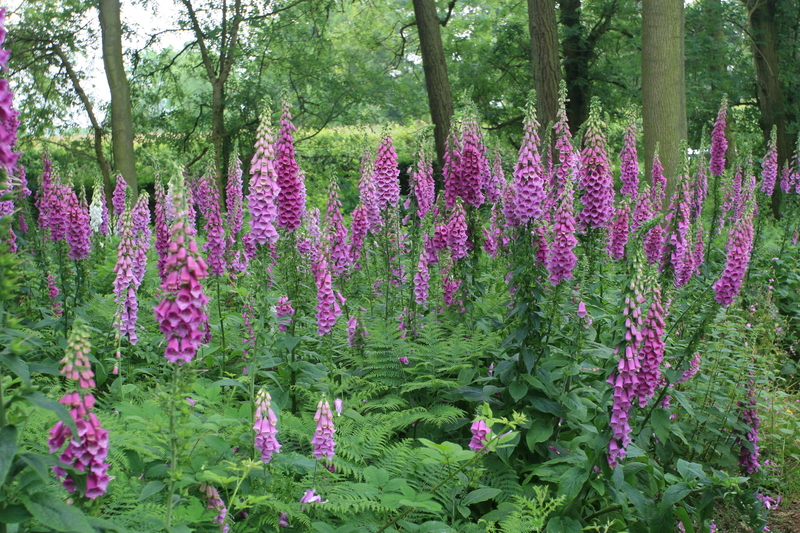Optimal Lawn Mowing: How Often Should You Cut?
Maintaining a lush, green lawn is a matter of pride for many homeowners. However, achieving and maintaining this verdant sanctuary often boils down to one crucial task--mowing. But how often should you cut your lawn? The answer is nuanced, taking into account various factors such as grass type, climate, and seasonal variations.
The Science Behind Lawn Mowing
Mowing isn't just an aesthetic chore; it's a crucial part of lawn health. Proper mowing practices encourage thicker turf, reduce weed invasion, and improve overall lawn vitality. The key lies in understanding that grass is a living organism that responds to cutting. When you mow, you're essentially performing plant surgery that should be as stress-free as possible for your lawn.

Factors Influencing Mowing Frequency
To determine the optimal frequency for mowing your lawn, several critical factors need to be considered:
1. Grass Type
Different grass species grow at different rates and have different ideal mowing heights. For example:
- **Cool-season grasses (e.g., Kentucky bluegrass, fescues, and ryegrasses)** thrive in cooler climates and grow actively in spring and fall. These grasses generally require mowing more frequently during their peak growing seasons.
- **Warm-season grasses (e.g., Bermuda grass, Zoysia grass, and St. Augustine grass)** flourish in warmer climates and experience the most growth in summer. Therefore, they need more frequent mowing during the hot months.
2. Climate Conditions
Climate plays a crucial role in how often you should mow:
- **Spring and Summer:** These seasons typically see rapid grass growth due to ample sunlight and rainfall. During these periods, mowing may be necessary once a week or even more frequently.
- **Fall and Winter:** Growth slows down significantly, especially for warm-season grasses. In colder months, mowing frequency can be reduced to bi-weekly or even monthly.
3. Lawn Usage
If your lawn experiences heavy use from children, pets, or social activities, you may need to mow more often to keep it looking neat and to prevent damage from overgrowth and wear.
4. Soil Health and Fertilization
Healthy, well-fertilized soil can support quicker grass growth, which in turn may necessitate more frequent mowing. Conversely, lawns in poor condition or with nutrient-depleted soil will grow more slowly.
Finding the Balance: The One-Third Rule
A common guideline in lawn care is the one-third rule: never cut more than one-third of the grass blade's length at a time. Cutting too much off at once can stress the grass, making it more susceptible to diseases, pests, and drought.
For example, if your grass type has an optimal mowing height of 3 inches, you should mow it when it reaches about 4.5 inches tall. By adhering to this rule, you encourage deeper root growth and healthier grass.
Adjusting Mowing Height Seasonally
Changing the mowing height according to the season can also promote lawn health:
- **Spring:** Set your mower to a higher setting to allow the grass to grow taller. This helps crowd out weeds and supports deeper root development.
- **Summer:** Mow at a medium height. Taller grass blades provide shade to the soil, reducing evaporation and helping grass withstand the heat.
- **Fall:** Maintain a medium height. Shorter grass can help absorb sunlight and nutrients as the lawn prepares for dormant months.
- **Winter:** In warmer climates, where grass remains active, a slightly lower height can be beneficial. However, in colder climates, mowing is often not necessary during this period.
Mowing Techniques for Optimal Lawn Health
Employing the right mowing techniques can significantly impact your lawn's appearance and health:
1. Sharpen Your Blades
Dull mower blades tear the grass rather than cutting it cleanly, which can result in jagged tips that turn brown and make the lawn more prone to disease. Sharpen the mower blades at least a couple of times during the mowing season for the best results.
2. Vary Your Mowing Patterns
Mowing in the same direction every time can cause grass to lean in one direction and can result in soil compaction. Vary your mowing patterns to reduce stress on the grass and help it stand upright.
3. Leave the Clippings
Grass clippings can provide a natural source of nitrogen when left on the lawn. They decompose quickly and help nourish the soil. This practice, known as "grasscycling," can reduce the need for additional fertilization.

When to Avoid Mowing
Certain times are less ideal for mowing, as they can harm the grass or soil:
- **Wet Conditions:** Mowing wet grass can result in uneven cuts and leave clumps of grass that can smother the lawn and promote disease.
- **Extreme Heat:** Mowing during the hottest part of the day can stress the grass, especially during drought conditions.
Conclusion: Personalized Mowing Schedules
Ultimately, the optimal mowing frequency for your lawn is a tailored approach that considers grass type, climate, usage, soil health, and seasonal changes. By understanding these factors and adhering to best mowing practices, you can maintain a healthy, vibrant lawn that enhances the beauty of your outdoor space.
Regular lawn care, including proper mowing techniques, is not just about aesthetics; it's about cultivating a thriving ecosystem right in your backyard. By making informed decisions and observing your lawn's specific needs, you can achieve the perfect balance that ensures your lawn remains a lush, green oasis year-round.





